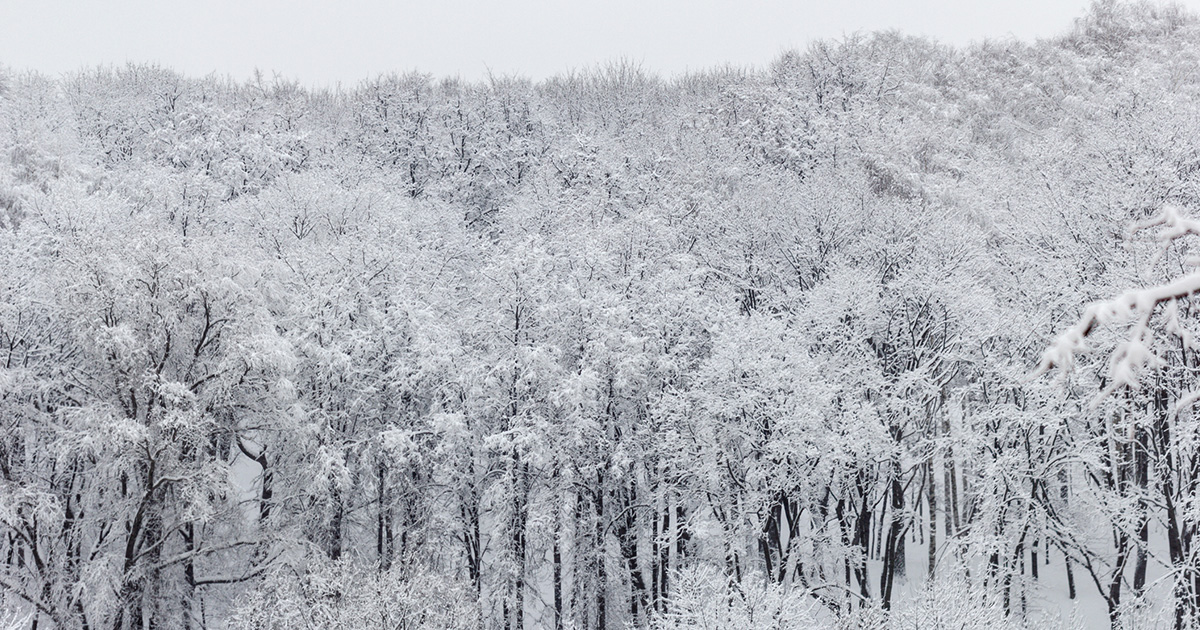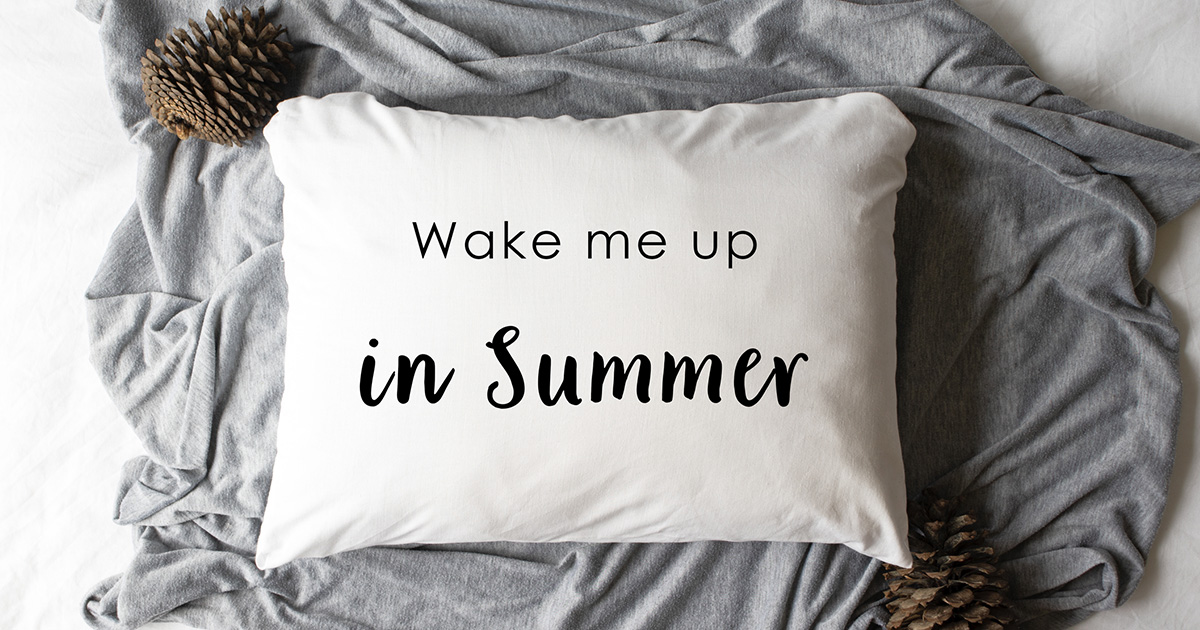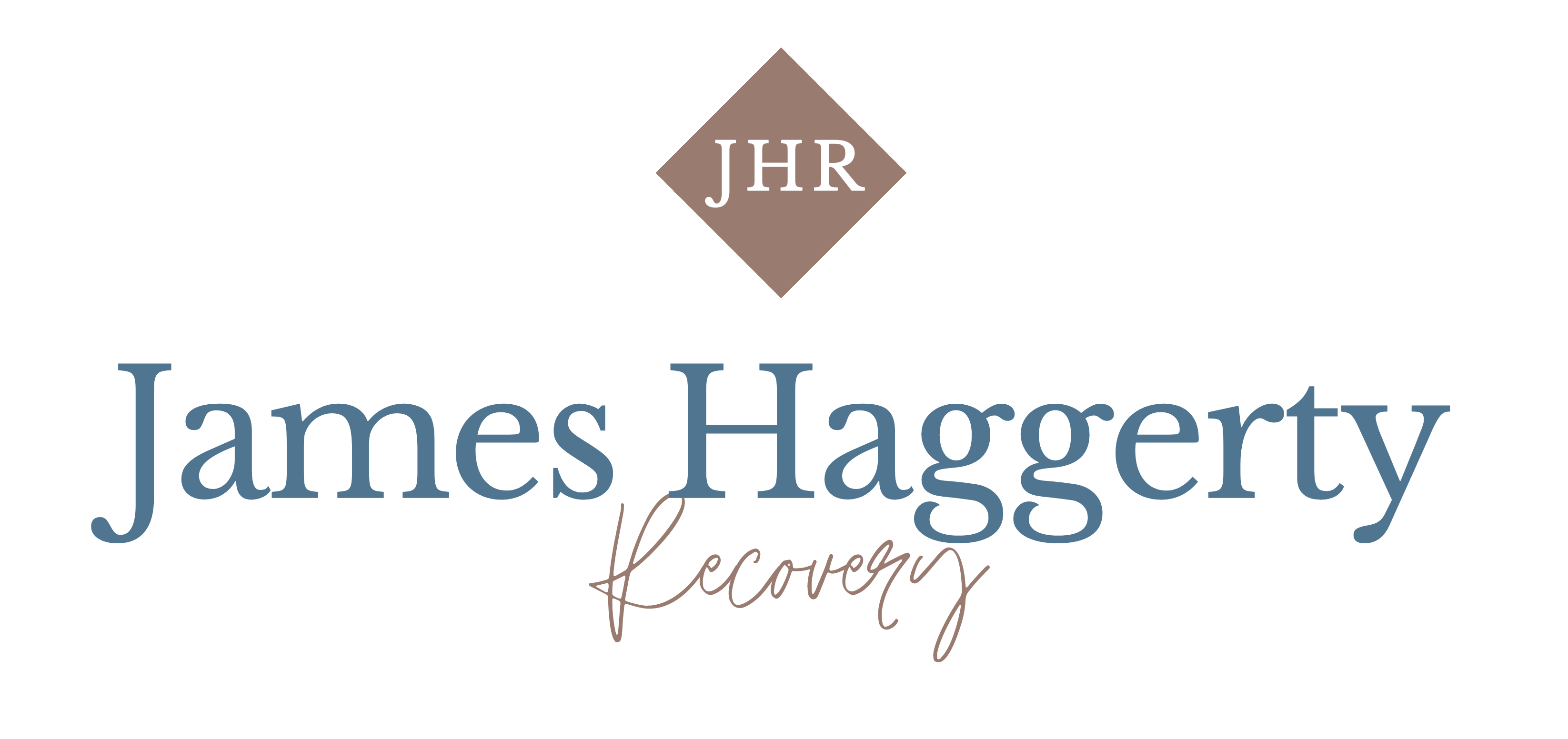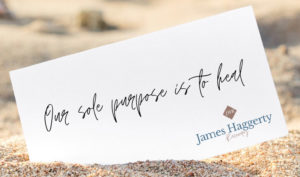The Winter Blues and Its Impact on Those In Recovery

I can tell you from personal experience – the holidays can be a challenging time of year for anyone in recovery. If you attend a typical Christmas or holiday party, chances are, you’ll be faced with alcohol. This can also be a hard time to keep up with counseling and treatment, especially when you’re so busy with gift shopping, hosting extended family and everything else that comes with the season.
Even after the holidays have ended, many people in recovery continue to struggle. Once the holiday cheer has come and gone, you’re left with the cold, cloudy winter weather. This can be a draining experience for many people, whether they’re recovering from substance dependency or just the holidays.
It’s fair to say that the winter months are a challenge, and that’s especially true for anyone in recovery. If you’re someone who deals with seasonal affective disorder, commonly known as SAD, it’s an even bigger challenge. A low mood can be demotivating and might even lead to cravings. There are ways to keep your recovery on track and resist temptation, however.
Winter Blues and Addiction Recovery: How Winter Affects Us
If you’ve noticed your mood plummeting once winter comes around, this may not be a coincidence. When you account for the stress of the season, as well as the cold weather and lack of sunlight, it makes sense that some people will take an emotional hit. Basically, the winter weather can take a mental toll on us, which can impact our recovery. More specifically, winter can have a negative effect on the following.
Serotonin Levels
Winter weather means less sunlight, and this can lead to lower production of serotonin in our brains. Serotonin is a chemical passenger associated with mood – and less serotonin can cause someone to feel down. In fact, low serotonin has been linked to a number of mental health conditions and symptoms, including anxiety, depression, obsessive-compulsive disorder, and even suicidal thoughts.
Melatonin Levels
When melatonin production gets disrupted, this can damage our mood and sleep patterns. Unfortunately, seasonal changes can get in the way of the body’s natural production of this hormone. This can lead to chronic exhaustion, brain fog, concentration problems, and daytime tiredness.
Circadian Rhythm (or Biological Clock)
Every person has circadian rhythms – in other words, the different mental, physical, and behavioral processes we experience every 24-hour cycle. These are important processes that are vital to life. However, circadian rhythms are impacted by light and dark. Shorter days and a decreased exposure to sunlight can throw a wrench in the body’s biological clock. This can lead to many damaging effects, including issues with metabolism, the sleep-wake cycle, blood sugar levels, weight, cholesterol, mental health, and the immune system.
What Are Some Signs of SAD?

Not all cases of the winter blues can be attributed to seasonal affective disorder [1]Levy, J. C., & Deykin, E. Y. (1989). Suicidality, depression, and substance abuse in adolescence. The American Journal of Psychiatry, 146(11), 1462–1467. https://doi.org/10.1176/ajp.146.11.1462. If you’re currently seeing a counselor or therapist, for instance, having your case of SAD diagnosed can improve the quality of your treatment. If the condition isn’t being professionally treated, it can be much more of a challenge to deal with.
The winter blues are essentially a less severe form of SAD. A standard case of the winter blues involves feelings of fatigue, depressed mood, irritability, drowsiness, and social withdrawal. Typically, symptoms of SAD will develop in the late fall or at the start of winter. SAD symptoms can persist until the spring or summer months.
Some of the most common symptoms of SAD [2]Åsa Westrin & Raymond W. Lam (2007) Seasonal Affective Disorder: A Clinical Update, Annals of Clinical Psychiatry, 19:4, 239-246, DOI: 10.3109/10401230701653476 are:
- Insomnia
- Anxiety
- Overeating and Weight Gain
- Hypersomnia (i.e., Oversleeping)
- Decreased Appetite and Weight Loss
- Restlessness or Agitation
- Social Withdrawal (“Hibernating”)
What Comes First, Depression or Substance Abuse?
The question shouldn’t be whether depression or substance abuse comes first. Rather, we should acknowledge how these issues can play into one another in either direction. When you’re depressed, it can be easier to turn to unhealthy coping mechanisms. If you’re recovering from substance dependency, your first instinct might be to use drugs or alcohol.
These cravings can be a challenge to combat, especially since a low mood can demotivate us and distract us from the will to recover. Even so, this is far from a hopeless situation. When you understand how SAD or winter blues impact you, it’s easier to take preventative measures and stay on top of your recovery.
Beating the Winter Blues (and Staying Sober)
No matter what time of year it is, it’s important that you learn to recognize and cope with triggers. It’s also a good idea to develop a day-to-day schedule that you’re comfortable sticking to. But when you’re fighting off SAD or the winter blues [3]Hansen, V., Skre, I., & Lund, E. (2008). What is this thing called “SAD”? A critique of the concept of seasonal affective disorder. Epidemiologia E Psichiatria Sociale, 17(2), 120-127. … Continue reading, there are a few season-specific strategies to keep in mind.
Give Light Therapy a Try
Like I’ve mentioned, the lack of sunlight during the winter is one of the biggest motivators of SAD and winter blues. So, why not recreate the feeling of the summer sun on your skin? When you aren’t getting enough sunlight, this also means that your body probably isn’t creating enough vitamin D. This deficiency can cause someone to feel depressed.
It’s a relatively simple treatment, too. All you need to do is sit in front of a specialty lamp or lightbox for thirty minutes daily. This is a fantastic way to reduce SAD symptoms.
Light therapy can provide the following benefits:
- Better sleep
- More energy
- Reduced anxiety
- Increased productivity
Participate in Group Therapy
Hearing from and interacting with people who’ve shared similar experiences is great for recovery – whether it’s during the drab winter months or any other time of year. However, during the winter, it can be tempting to “hibernate” or socially isolate yourself. The byproduct is a bit of a vicious cycle. You feel depressed and don’t want to be around other people, and the lack of social interaction only fuels your depression further.
A simple way to be around people (in a positive environment) is through attending regular group therapy or support groups. Participating in group counseling can promote accountability and keep you motivated. Sessions can even be inspiring or uplifting, as you get to hear about other people’s battles and how they overcame (or are overcoming) them. When you hear from other people who’ve maintained sobriety, you might feel inspired to follow their example.
Stay Connected to the People Around You

Group therapy or counseling isn’t the only way you can stay connected to others. All year long, isolation can fuel addiction. When you start to feel withdrawn or alone, it can be challenging to use healthy coping techniques and stay away from drugs or alcohol.
Plus, during the holidays, it isn’t uncommon to be faced with estranged family members or people you’ve had rocky relationships with in the past. This can drive someone to isolate themselves even further.
Rather than falling into self-medication, steer clear of relapse by staying socially connected. This could mean staying in touch with your mentor, attending peer support groups, reaching out to supportive friends, or any interactions that combat loneliness and isolation. This even gives you a chance to confide in other people and talk about what you’re experiencing or dealing with.
Check out my previous post: Relying on Others Is Not a Bad Thing — In Fact, It’s Important for more tips on this topic.
Attend Sober Parties (or Plan One of Your Own)
Who says you need alcohol to have fun at a party? If none of your friends are hosting a booze-free celebration of their own, then consider arranging one yourself. All you need to do is gather your friends and have a good time without drinking – it doesn’t need to be an elaborate event. Try playing video or board games, watching movies, sharing food, gathering around a bonfire, dancing, or doing karaoke. There are plenty of ways to have a good time without taking a sip. Really, the options are endless.
Stay Active and Enjoy the Outdoors
Sure, it’s tempting to stay inside during the winter. But when you get outside and stay active, this can have a positive impact on your mood. Just think of all the outdoor activities you can enjoy during the winter: snowball fights, ice skating, sledding or snow tubing, winter scavenger hunts, bonfires, and so on. In fact, a simple walk outside can do wonders for your mental health.
Know That You’re Not Alone
SAD or winter blues can be difficult to manage, especially if you don’t understand what they are or where they’re coming from. They can also be isolating, as it’s easy to convince yourself that there’s something wrong with you or that you’re alone in your experiences.
Remember, dealing with seasonal depression doesn’t make you weak, nor does it mean that you’re failing at recovery. There are many people who deal with SAD or depressed moods during the winter – and with extra effort, it’s entirely possible to stay sober during this season.
Stay Sober and Thrive with James Haggerty Recovery
One of the best ways to stay motivated in recovery from substance addiction is finding resources and hearing about others’ experiences. I’ve created my blog to share what I’ve learned throughout my own sobriety journey. My goal is to help you stay motivated and educated at every step in your recovery.
Stay up-to-date on my content by subscribing to my newsletter. Or, if you have any recovery questions for me, just fill out my contact form. I look forward to connecting with you and doing the steps together. Remember, it works if you work it!
Stay strong,
Jim
References
| ↑1 | Levy, J. C., & Deykin, E. Y. (1989). Suicidality, depression, and substance abuse in adolescence. The American Journal of Psychiatry, 146(11), 1462–1467. https://doi.org/10.1176/ajp.146.11.1462 |
|---|---|
| ↑2 | Åsa Westrin & Raymond W. Lam (2007) Seasonal Affective Disorder: A Clinical Update, Annals of Clinical Psychiatry, 19:4, 239-246, DOI: 10.3109/10401230701653476 |
| ↑3 | Hansen, V., Skre, I., & Lund, E. (2008). What is this thing called “SAD”? A critique of the concept of seasonal affective disorder. Epidemiologia E Psichiatria Sociale, 17(2), 120-127. doi:10.1017/S1121189X00002815 |















